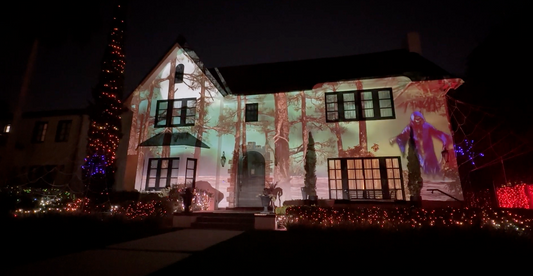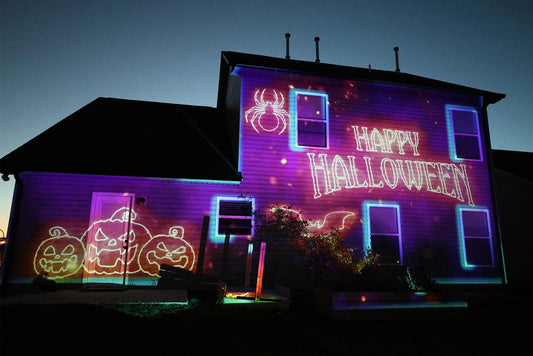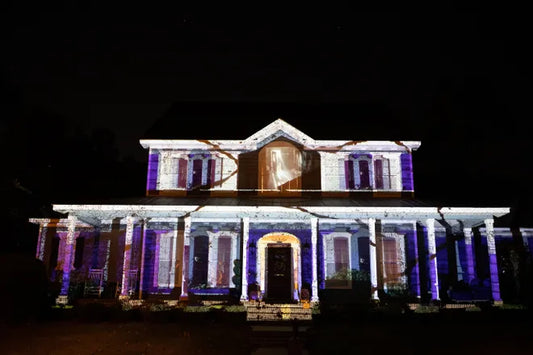Projection mapping and virtual reality are two powerful technologies that are transforming the way we experience and interact with digital media. While projection mapping allows us to project images and videos onto physical surfaces and objects, virtual reality allows us to immerse ourselves in entirely digital environments. In this blog, we will explore how projection mapping and virtual reality are bridging the gap between the real and digital worlds.
What is Projection Mapping and Virtual Reality?
Projection mapping involves the use of specialized software and hardware to project images and videos onto any surface or object, creating a dynamic and interactive environment that engages the senses. Virtual reality, on the other hand, involves the use of specialized hardware and software to create a fully immersive digital environment that simulates the physical world.
Bridging the Gap Between Real and Digital Worlds
Projection mapping and virtual reality are two technologies that are helping to bridge the gap between the real and digital worlds. By combining these technologies, we can create a truly immersive experience that engages the senses and transports us to new and exciting worlds.
One example of projection mapping and virtual reality being used together is the "Illuminarium" experience. This experience combines projection mapping and virtual reality to create a fully immersive and interactive environment that engages all the senses. Visitors to the "Illuminarium" wear virtual reality headsets that transport them to a digital world, while projection mapping enhances the environment by projecting images and videos onto physical surfaces and objects.
Another example of projection mapping and virtual reality being used together is in the "Mixed Reality Performance" by Daito Manabe. This performance combines projection mapping with virtual reality to create a truly innovative and engaging experience. In this performance, dancers wear virtual reality headsets that allow them to interact with a digital environment, while projection mapping enhances the experience by projecting images and videos onto the dancers and surrounding surfaces.
Benefits of Combining Projection Mapping and Virtual Reality
Combining projection mapping and virtual reality offers a range of benefits for artists, designers, and marketers. Some of the key benefits include:
- Creating a fully immersive experience that engages all the senses
- Bridging the gap between the real and digital worlds
- Providing a unique and memorable experience for audiences
- Enabling more creative expression and experimentation in design
- Enhancing storytelling and narrative in theater and film
Conclusion
Projection mapping and virtual reality are two powerful technologies that are transforming the way we experience and interact with digital media. By combining these technologies, we can create a truly immersive and interactive experience that engages the senses and transports us to new and exciting worlds. With its ability to bridge the gap between the real and digital worlds, projection mapping and virtual reality are sure to continue to be popular and effective tools for artists, designers, and marketers.




